Table of Contents
Developing a Unique Style
Whether you are a musician, artist, or anyone involved in a creative pursuit, it is often asked, “How do I get my own style? Let’s take a look at some approaches and concepts that address that question.
Courage
I tell students that the most important thing in developing a style is, Courage. You have to be willing to have the strength to pursue a path that is not taken by others. This is much harder than it seems, because most musicians spend a certain segment of their growth emulating others, and become enamored by their proficiency at being able to mimic their heroes.
On a personal level I remember the first decision that I had to make in my own pursuit of this path. I was already “established” as a highly technical player who played with distortion and speed. However, my “inner self” was starting to hear a clean sound with a more melodic and “rounder” tone to it. It was a hard decision to leave behind my previous way of playing, especially when there were people who enjoyed that style and thought that it was “crazy” to switch to something different.
This is a fairly common situation with players who are looking to find their own path. The decision is not an easy one, and it takes more courage, than talent, to pursue it. The status quo is the path chosen by many.
Accident
Surprisingly there are players who developed a style or technique actually by “accident”. I remember reading an interview with Al DiMeola where he described how he initially started to develop his technique. To my surprise it was from copying Doc Watson’s finger style, while DiMeola was playing with a pick. He thought that Watson was playing with a pick, so he tried to do the same.
The same can be seen in the work of pen and ink genius, Franklin Booth. He was a huge fan of Albrecht Durer’s work, however, he didn’t know that Durer’s intricate pieces were actually engravings. So he developed an inking/artistic style that emulated an engraver, while thinking that Durer was doing it the same way.
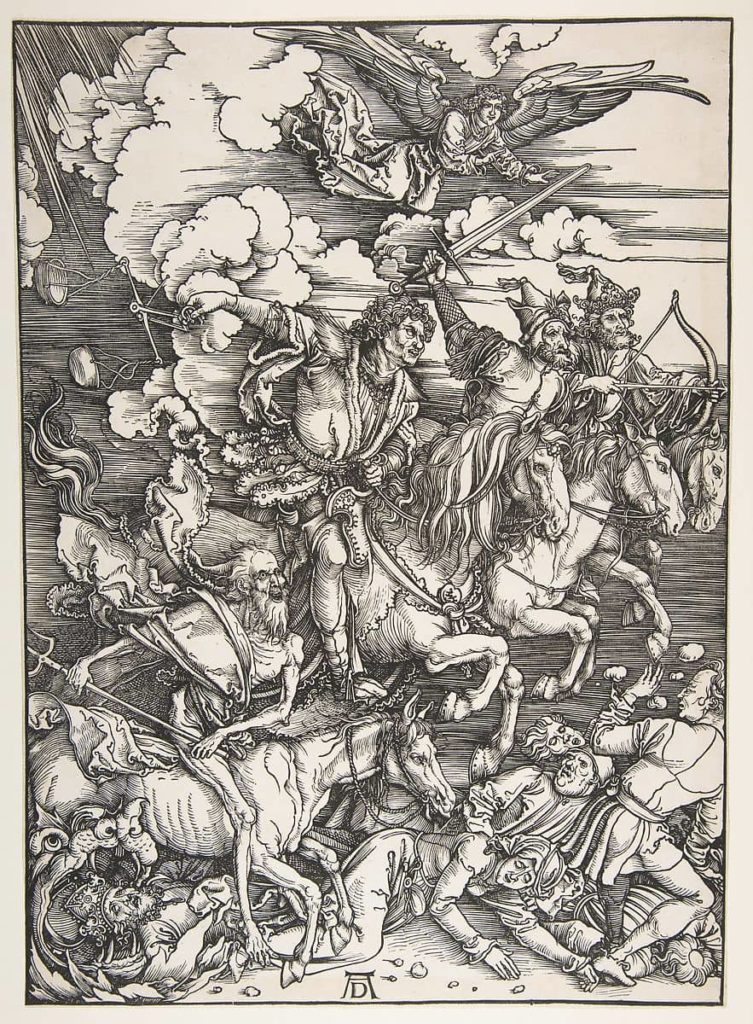

Other Instruments
One of the “easiest” ways to develop a style, is to listen to different instruments and approach you own in a similar manner. One of the best examples of this is keyboardist, Jan Hammer, who approaches his solos in the manner of guitar players – often times with distortion and all. It can be sometimes hard to discern who is playing what when you hear Hammer playing along with the likes of Jeff Beck.
Other examples could include: Yngwie Malmsteen and violin (Paganinni), Stanley Jordan and keyboards, Tom Morello and Rap/DJ music, etc.
Sound/Tone
As alluded earlier, sound/tone can be a significant factor in developing a style. Who hasn’t been seduced by the gorgeous tone of Pat Metheny, the rhythmic crunch of James Hetfield, Van Halen’s brown sound or the Edge’s plethora of effects? All of these players are well known for their sound/tone. Most people take a Strat or Les Paul and plug it into a stock Marshall and expect to sound radically different than everyone else. And while it is true that most of your sound is in your hands, playing the same setups as everyone else doesn’t always lead to an original voice/style.
Composition
This is one area where you can really shine as a stylist, if you choose to listen to your “inner self” and develop your own approach to composition. Think Igor Stravinsky, John Coltrane, Thelonious Monk, Picasso, Chuck Berry, AC/DC, The Ramones, etc. Each of the aforementioned people developed a unique approach, sometimes to the point of it becoming somewhat monotonous, yet being instantly identifiable.
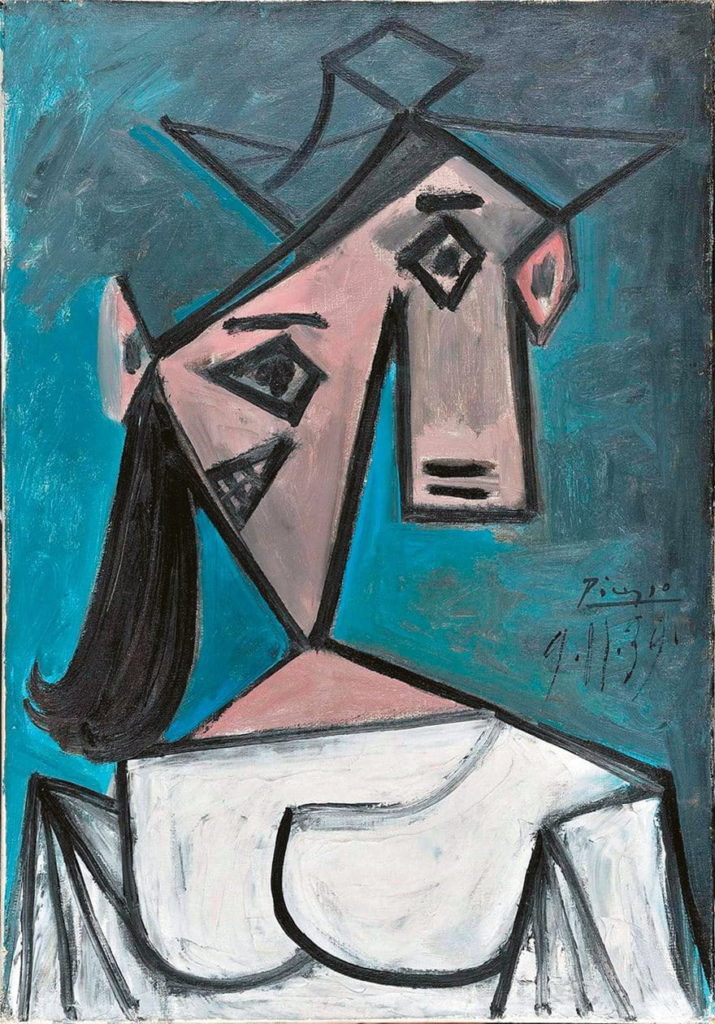
Instruments
Inventing a new instrument or modifying an established one can open new doors and avenues of pursuit. Players such as Charlie Hunter have created a new instrument (a Hybrid Guitar) which has both bass and guitar strings on it and outputs for both so that he sounds like an actual bass player and guitarist at the same time. The lack of a commercially produced guitar didn’t stop him from pursuing what he envisioned!
Guitarist Stanley Jordan took a standard guitar and played it in a manner more suitable for piano than guitar. The actual setup of the guitar and the manner/angle of degree in which it is used is unique to him and his playing,
Isolation
One of the best ways to develop a style is to isolate yourself from the current music scene and dig deep inside your self and find what you would really like to pursue. This environment will often yield original ideas and concepts, should you have the courage or interest in pursuing them. There are players such as Ornette Coleman, or Henry Kaiser, who play in an unorthodox manner, yet have no interest in having “commercial success”. They are true to themselves and play what they want to, no matter what the results are. This all goes back to the first item on this list… Courage.
Final Thoughts
There is something magical when playing a passage or complete song of one of your favorite artists. However, for some that experience becomes their driving force and prevents them from being true to themselves and pursuing an individualist’s path. And while influences will always have a place in your development, they should never reach a point where you are just a “clone”. I hope that perhaps something above will help you in your desire to reach the ultimate pinnacle of your playing… to develop an original style!
With that I leave you with one of my current favorite musicians, Nik Bartsch (piano), who has carved out for himself a unique approach/style that is both simple and complex. This mesmerizing piece goes through several sections and just keeps building in interest/intensity – right up to the end! The drums are especially interesting! Enjoy!
Serge


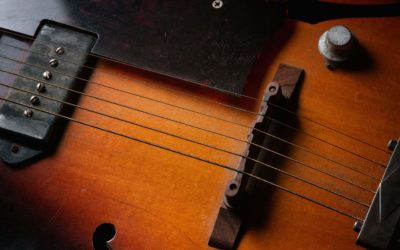
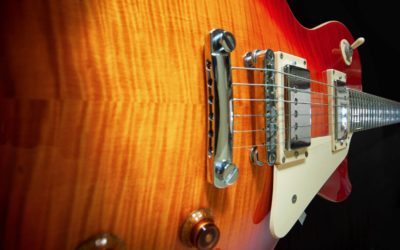
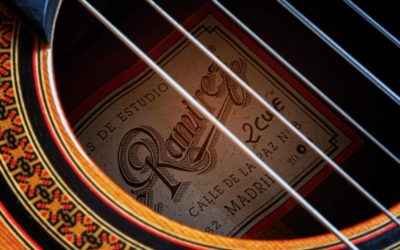
0 Comments